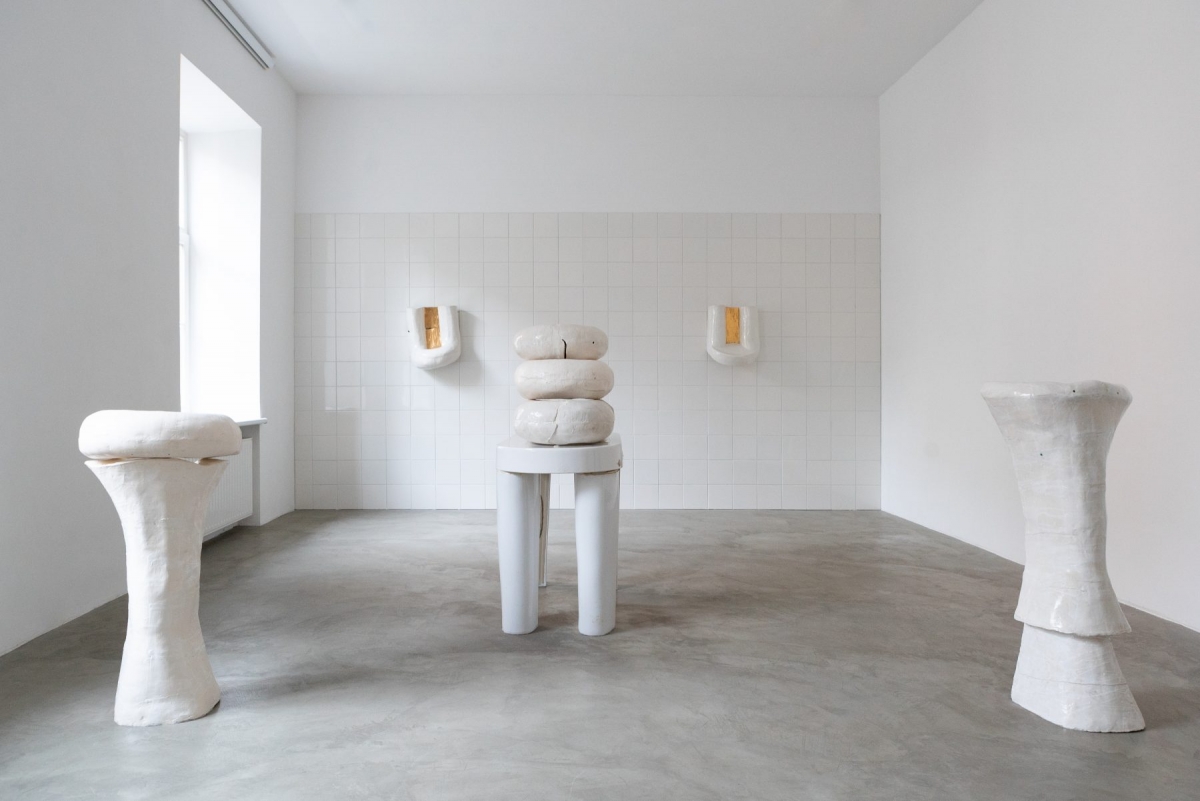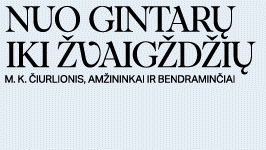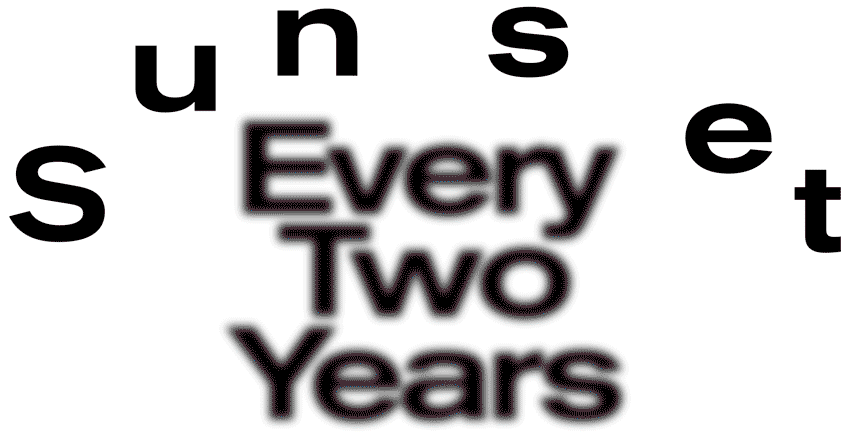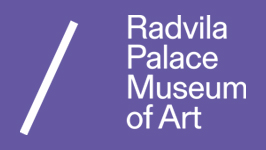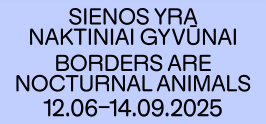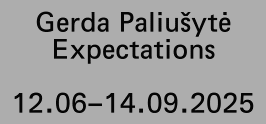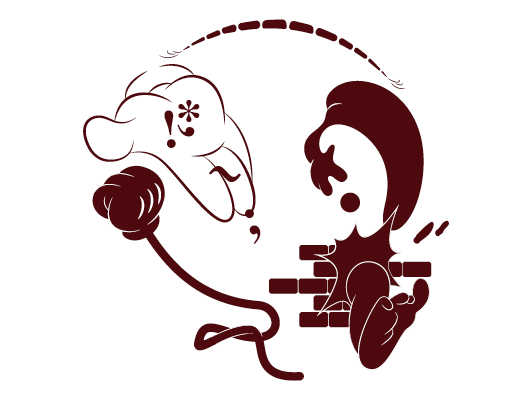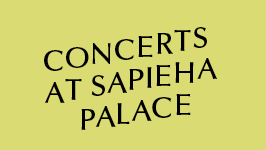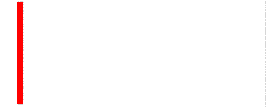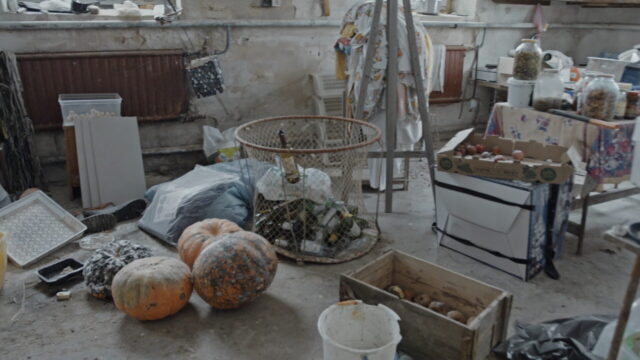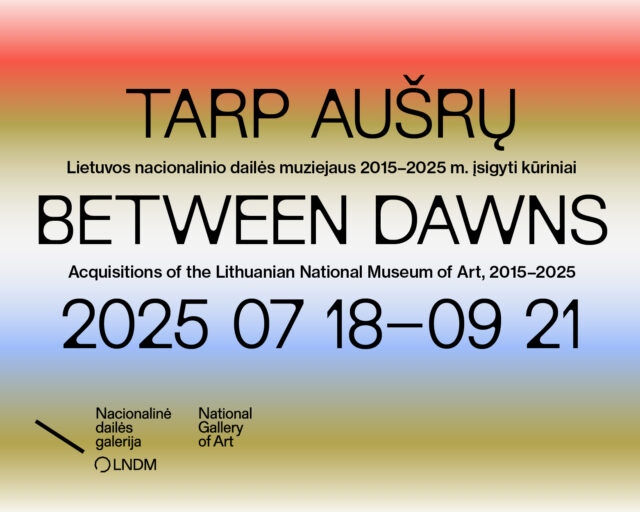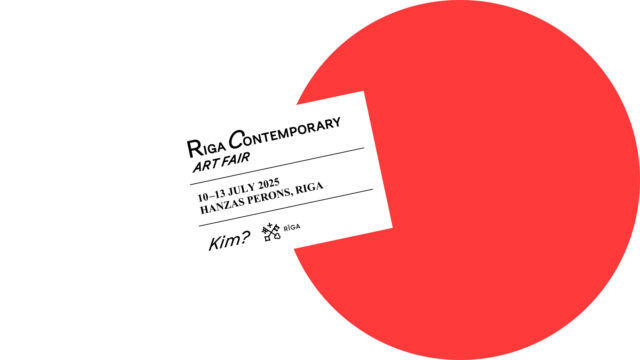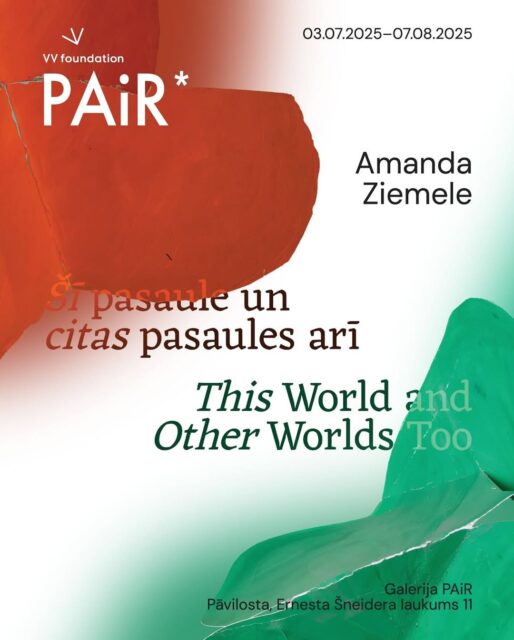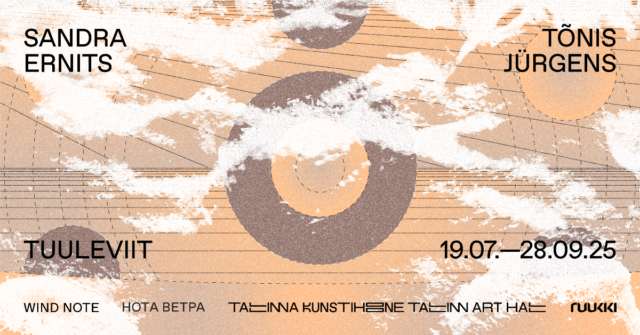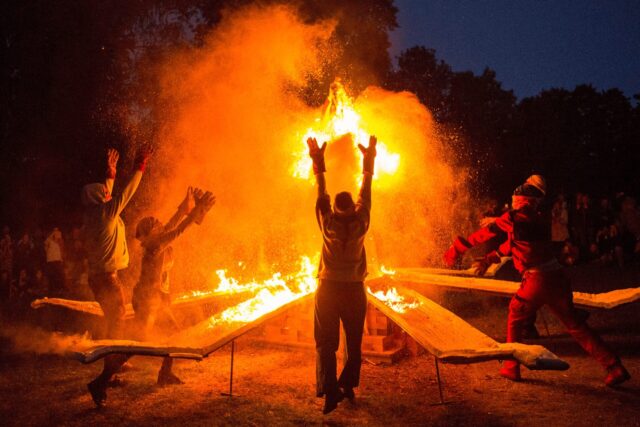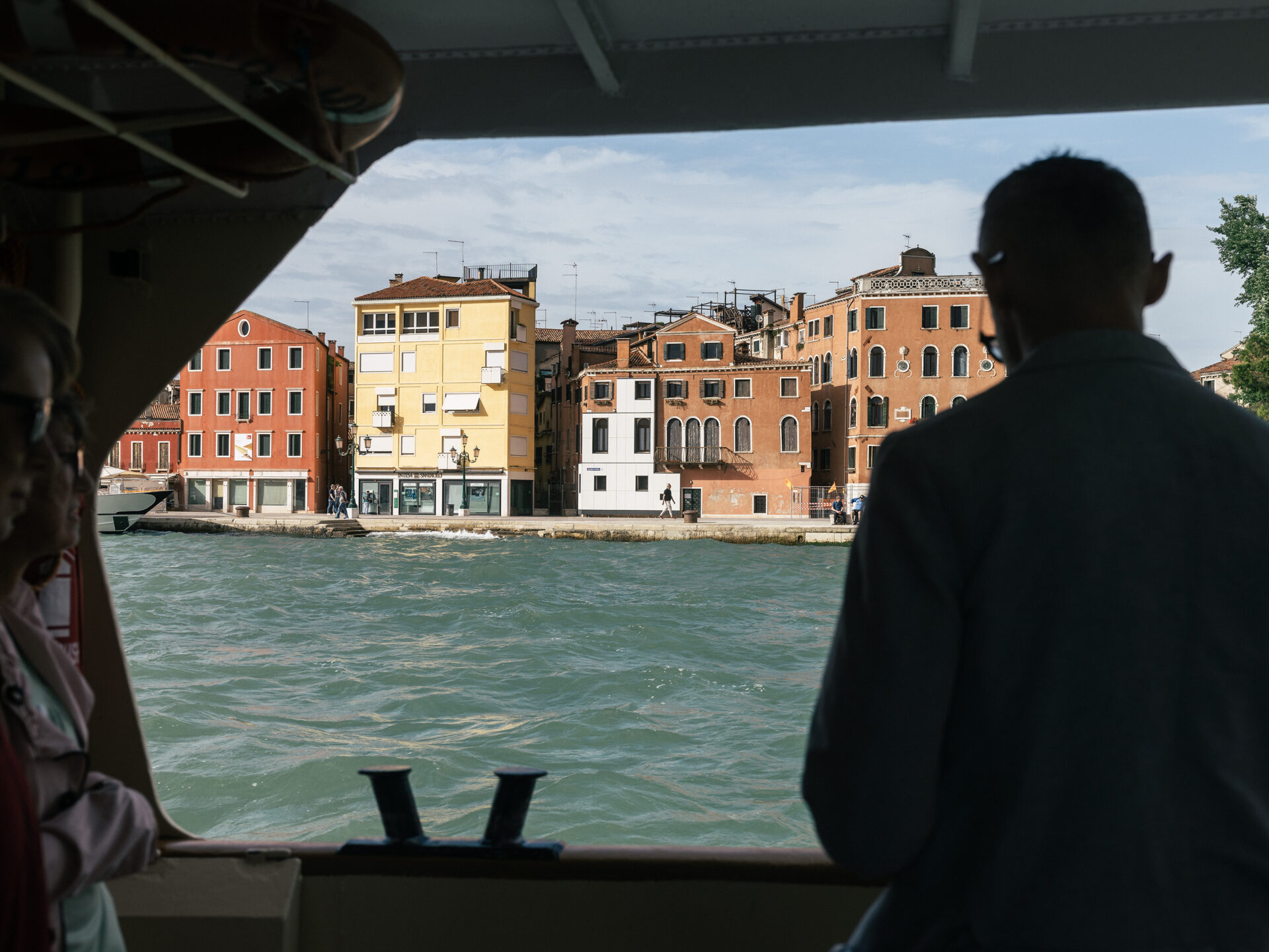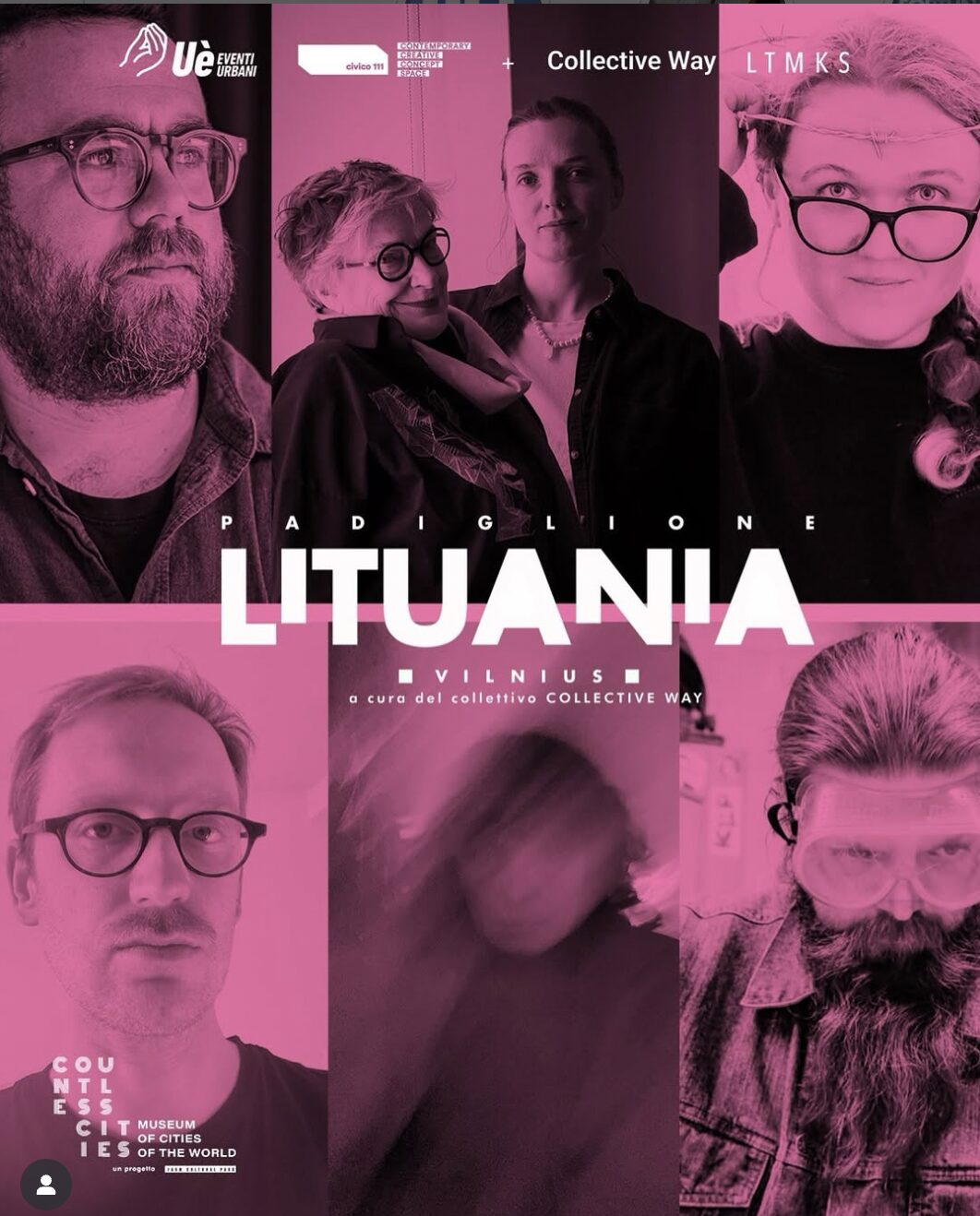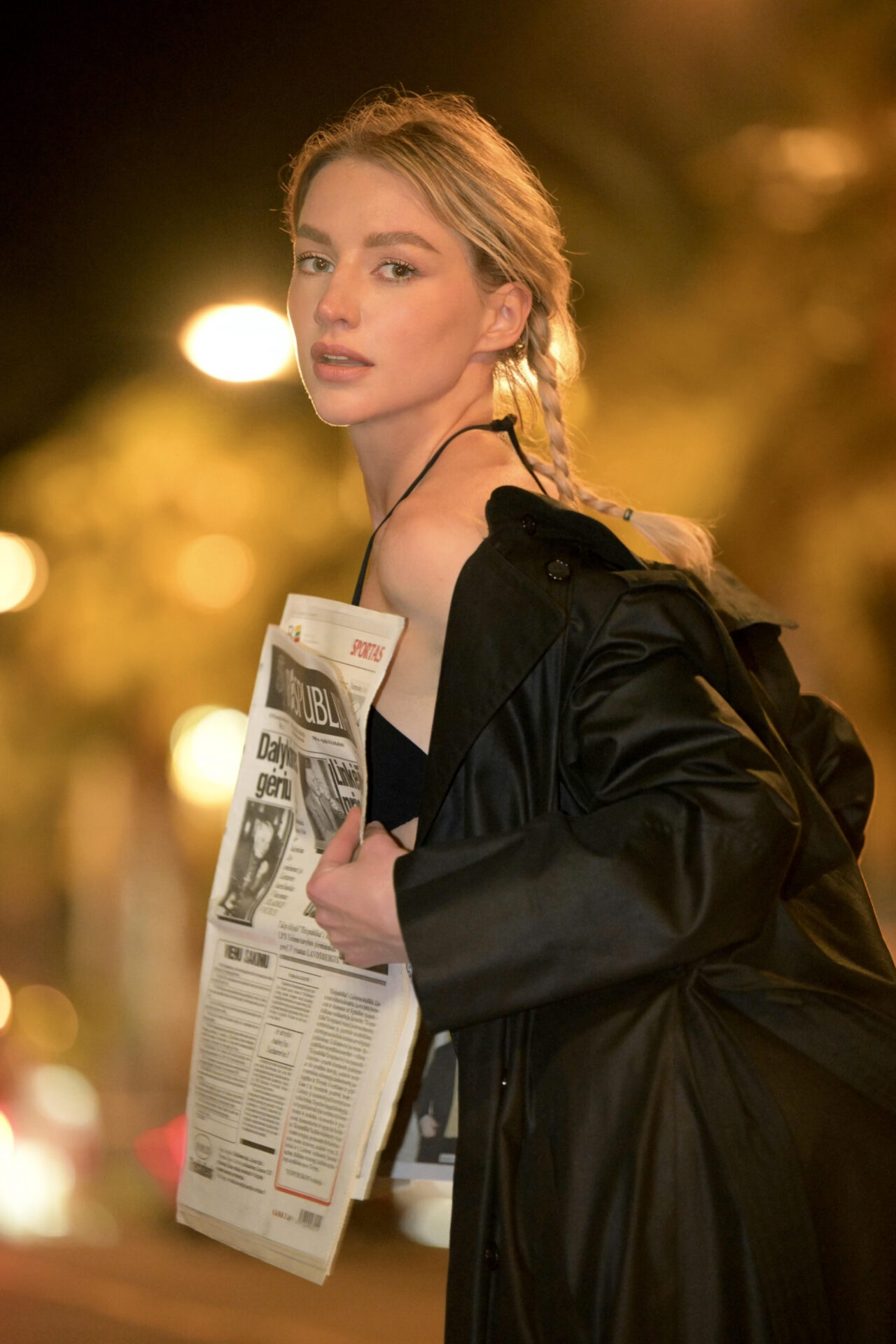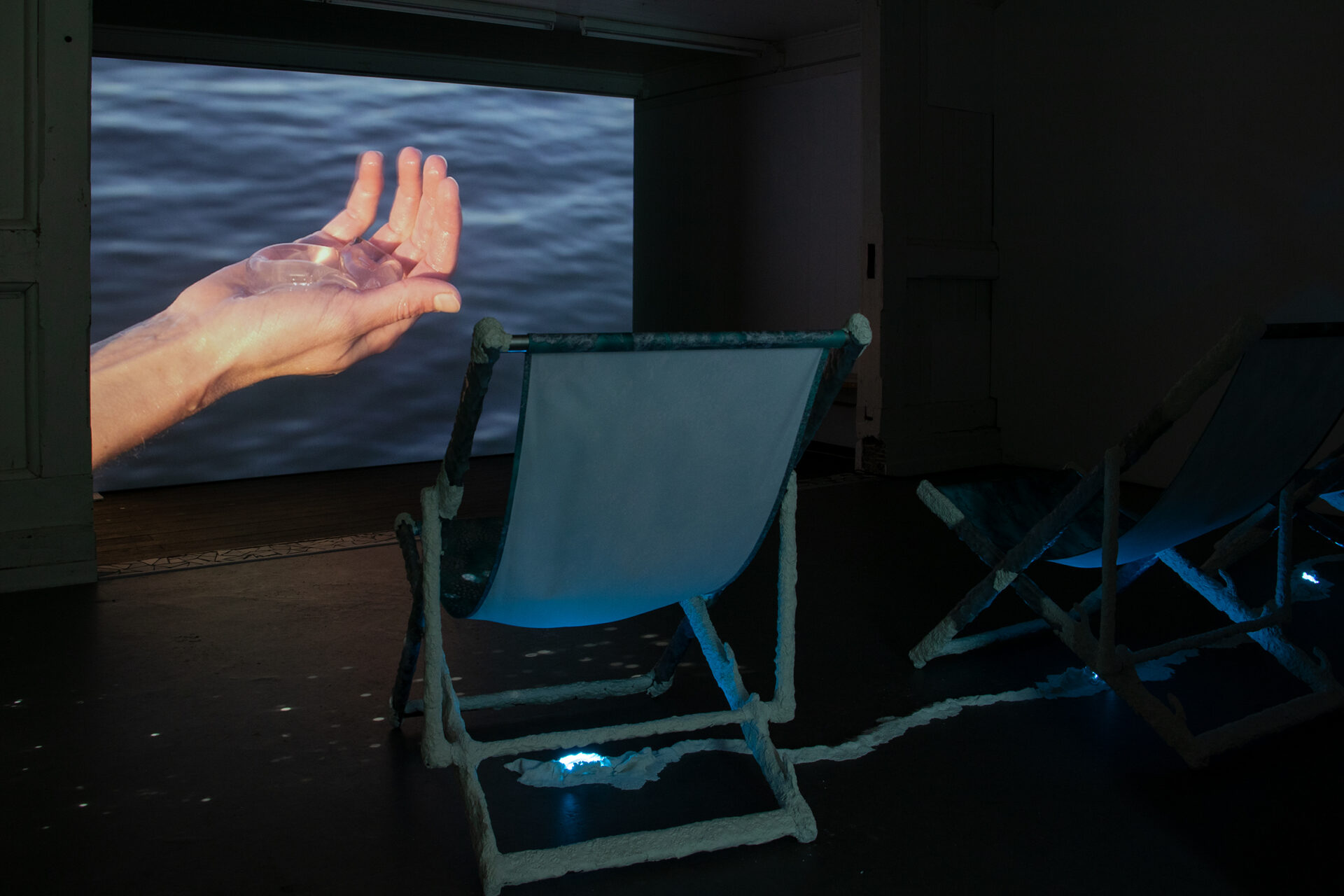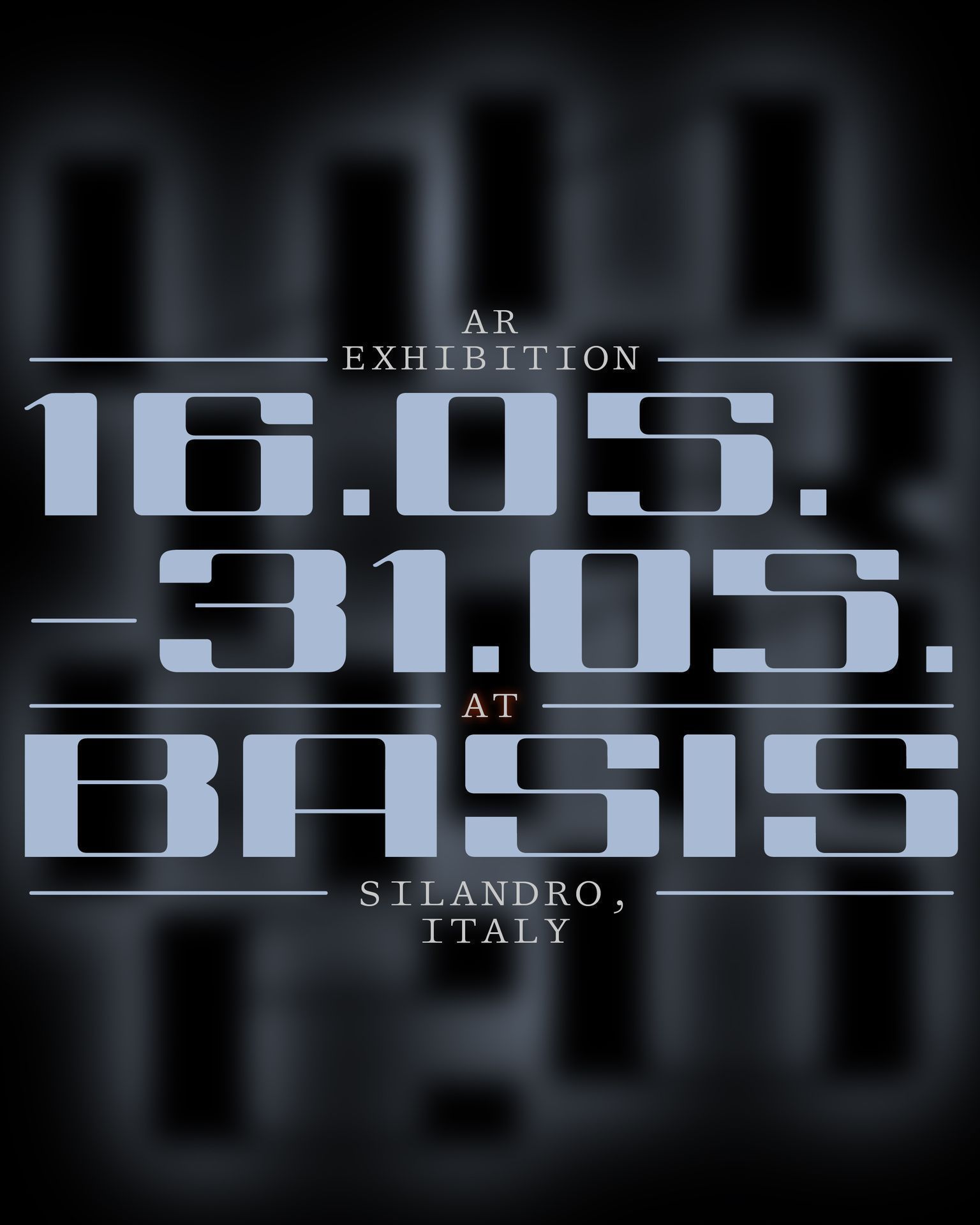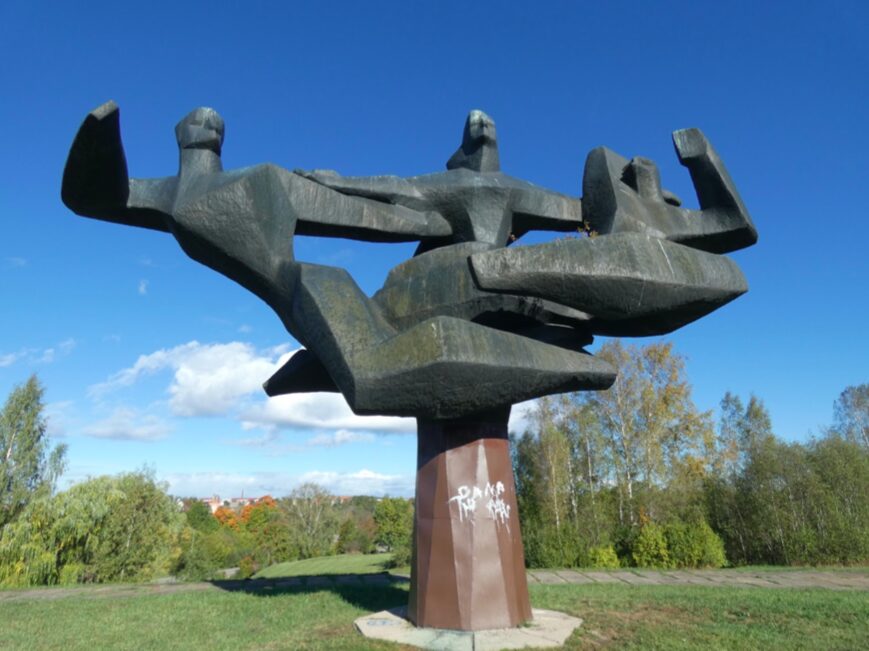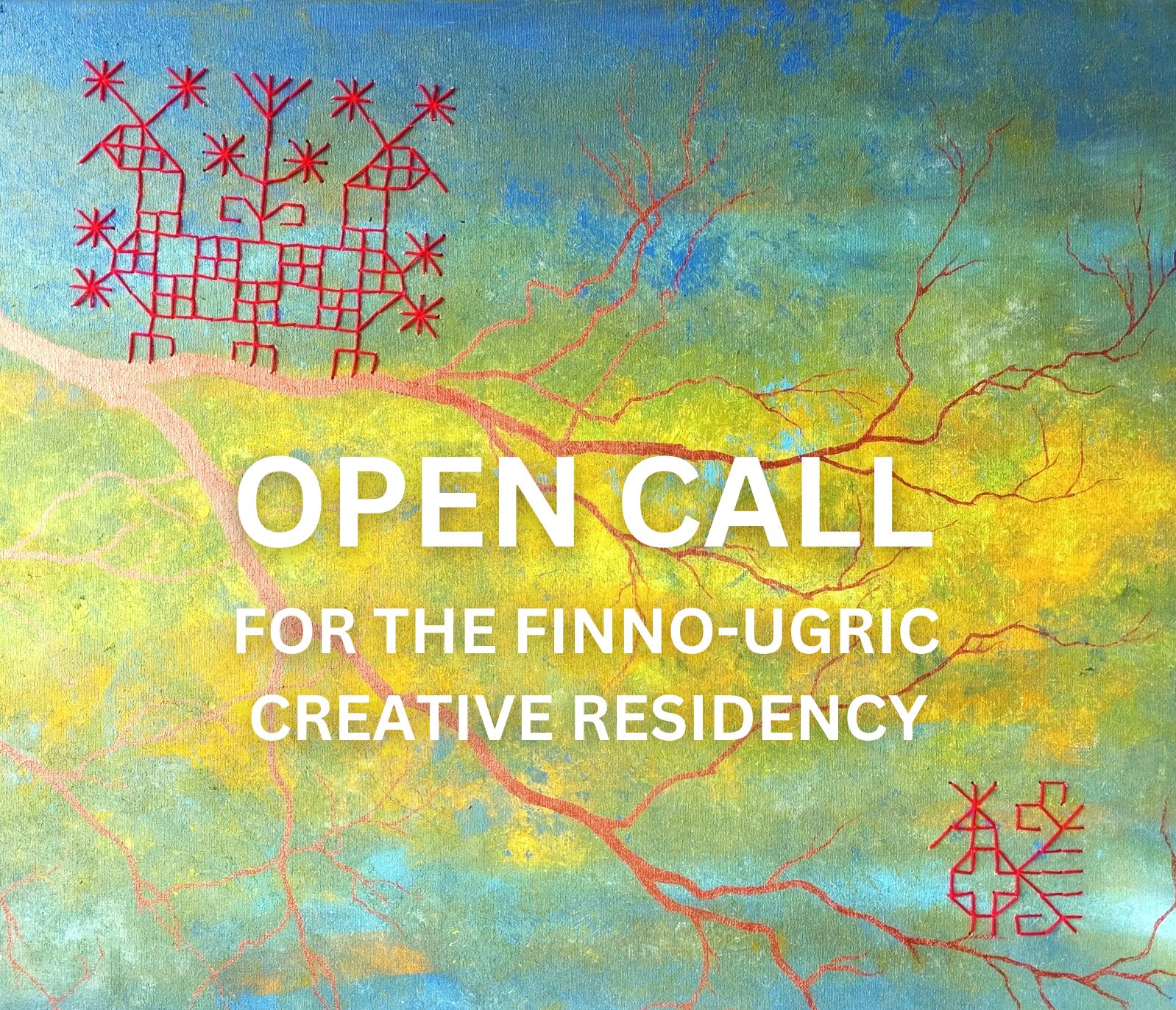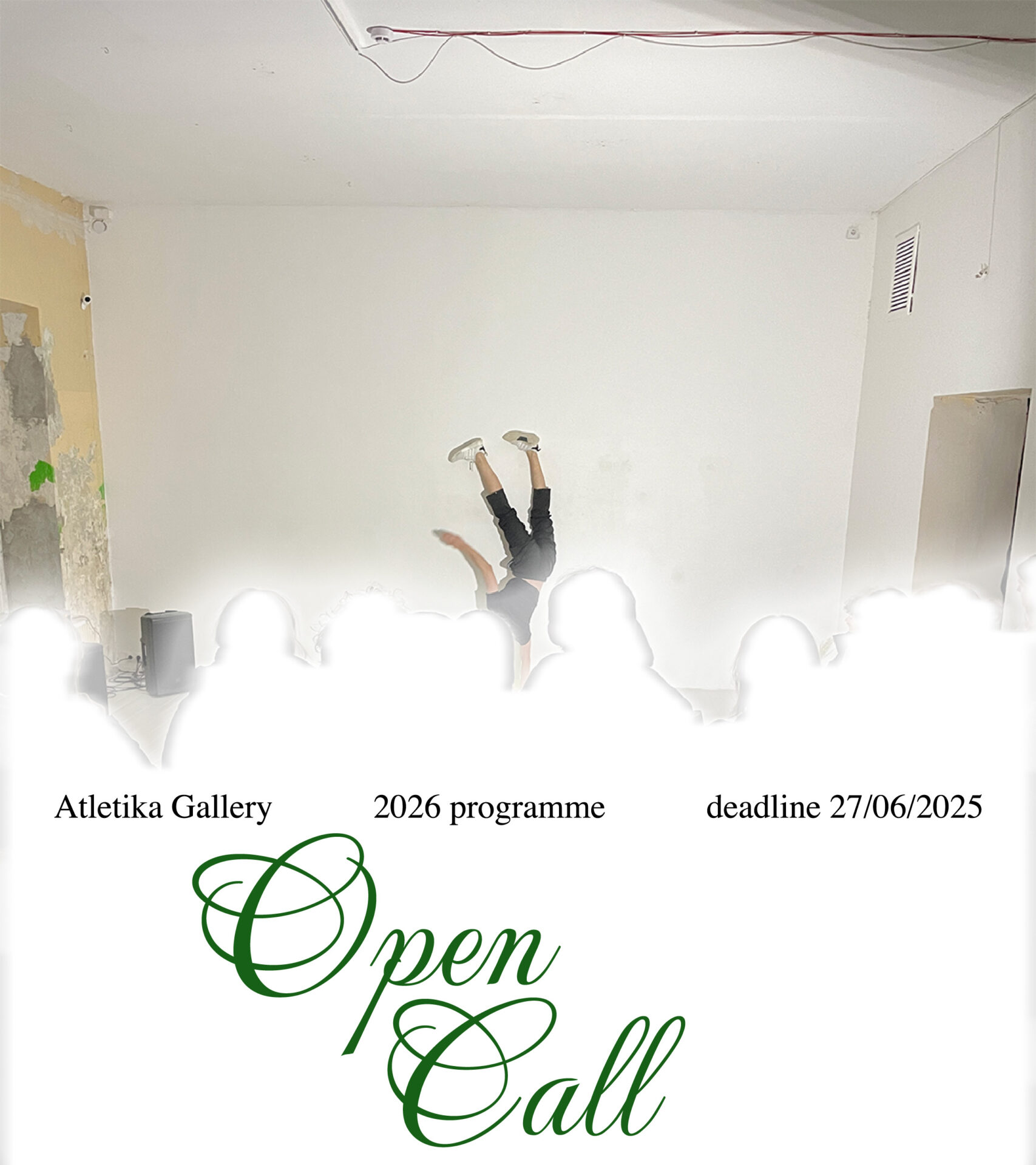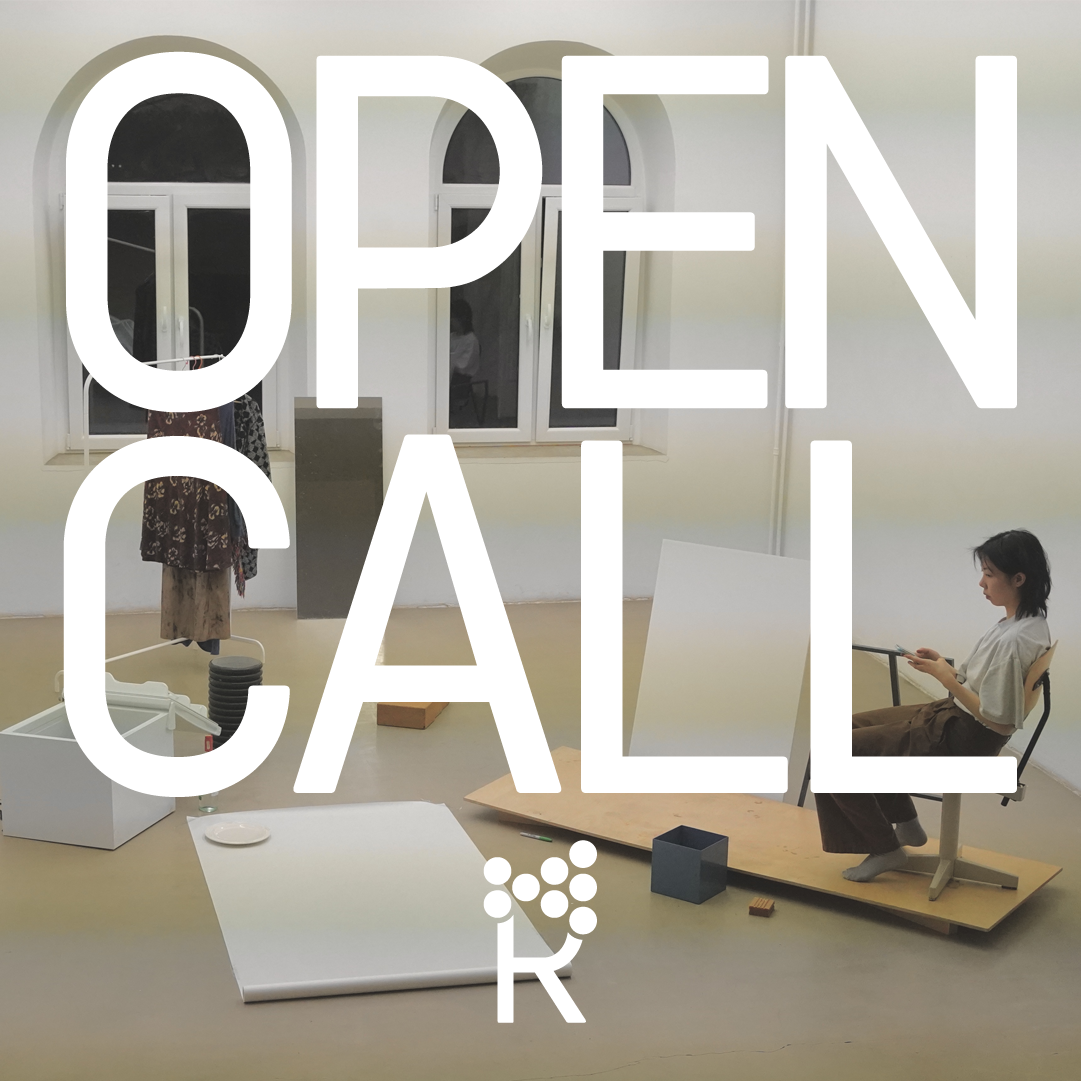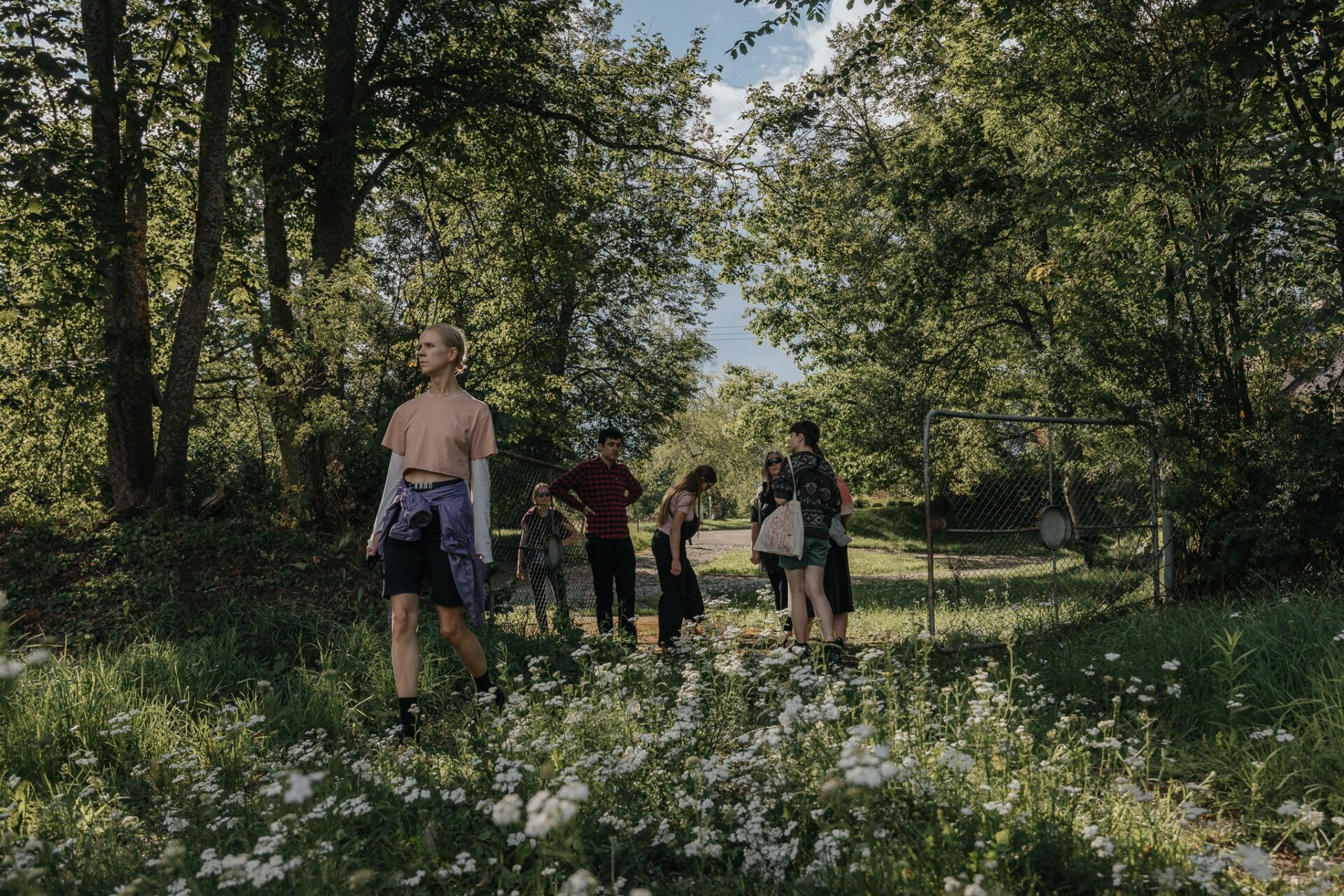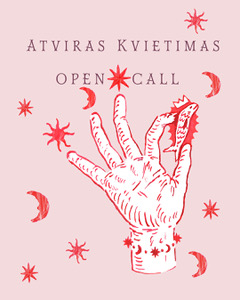For a decade now, passers-by rushing along the noisy streets of Vilnius, lovers of conceptual art, and curious wanderers of creative spaces, have had a meditative and open space to get acquainted with contemporary art. This year, the (AV17) art gallery celebrates its tenth anniversary. Having opened in 2011, it focuses on contemporary art and various forms of contemporary art. Its activities are multifaceted, presenting not only its main area, contemporary sculpture, but also installations and objects. In addition to its regular exhibition activities, workshops, educational classes, lectures, meetings with artists and exchange programmes with other countries are organised. The gallery also represents artists at international and local art fairs.
The gallery’s exhibition activities have never been limited by the physical space, and have offered alternative ways of presenting art. In this challenging time for art spaces, and in the changed reality overall, (AV17) has exhibited works in the open air, and invited visitors to meet artists online. The tenth anniversary shows that the gallery not only exhibits work, but delves into the creative process itself as well, looking for and finding ways to adapt to the changing conditions, and bringing visitors closer to sometimes complex but fascinating contemporary art. In this interview, Agnė Sadauskaitė talks with Kristina Mizgirytė, the founder of the gallery, about the (AV17) space, its activities, its goals, and its welcoming art space.
Agnė Sadauskaitė: First of all, congratulations on (AV17) gallery’s tenth anniversary! We would like to get to know better the soul of the gallery: tell us about yourself, Kristina. How did you become interested in contemporary art? Was the opening of the gallery in Vilnius foreseen, or was it a more experimental step in your work?
Kristina Mizgirytė: Art has been by my side all my life. My father is a photographer, so I was constantly surrounded by his friends and colleagues. As a child, I wanted to follow in my father’s footsteps, and study photography, but life took me to Italy, where I obtained a BA in art history. There is probably no better place to see the origins of art. Travelling all over the country, I learned by seeing real works by Giotto, Caravaggio, Michelangelo and Canova, and not reproductions. After graduating, I returned to Lithuania, and suddenly received an offer to open an art gallery in Vilnius’ Old Town. After a year’s work, I realised that an education in art history was not enough to run a gallery, and I then continued my studies in London, where I obtained an MA in art administration and cultural policy. My studies were based largely on practice, so that and contact with people in the most famous art institutions in London were an irreplaceable experience, which I apply in my work today.
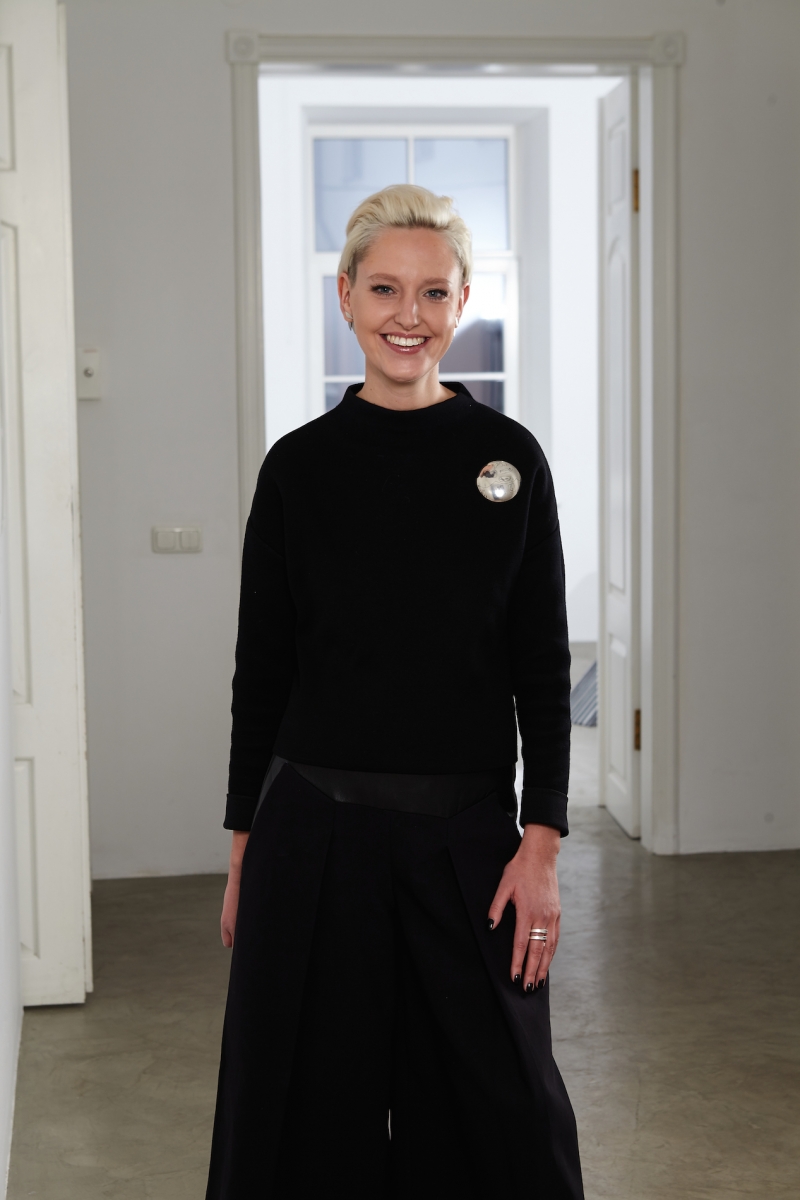
Kristina Mizgirytė, (AV17) gallery founder. Photo: Raimundas Adžgauskas
AS: What is the main mission of (AV17)? Have the gallery’s goals changed over the last decade?
KM: From the very beginning, the mission of the gallery has been to present well-known and young Lithuanian and foreign artists. The object was a rather broad art concept for us at the time, encompassing both sculpture or installations, and small plastic art or jewellery. We organised exhibitions at the gallery, exchange programmes with foreign partners, and various international competitions. Over time, we started focusing on contemporary sculpture and installations. After refining the art trends, we started to pay more attention to education, publicity for professional art in the regions of Lithuania, alternative ways of presenting sculpture, and other activities. However, one of the most important goals is to give young sculptors the opportunity to present their work, which has been part of our activities up till now.
AS: In fact, you pay special attention to helping young up-and-coming artists, exhibiting their work and introducing them to audiences. How do you find young talent? What are the main creative and personal qualities you look for?
KM: We cooperate quite a lot with Vilnius Academy of Art. When we have the opportunity, we invite students to show their degree work in the gallery, where perhaps one day it will be possible to hold their first exhibition. We also meet a lot of interesting artists at competitions and group exhibitions organised by the gallery.
New forms of sculptural expression are the most important thing we take into account when choosing a project for an exhibition. We are open to various offers, and we invite artists to send in their projects, or to come to the gallery and present them live.
AS: Over these years, you have worked regularly with contemporary art, especially sculpture, objects and installations. The gallery’s tenth anniversary could be considered a milestone for reflecting on the past and on changes, the present situation and the gallery’s position in today’s art world, and future and further plans. How would you describe (AV17) gallery’s decade? How is the gallery doing today?
KM: For ten years, we have worked consistently in our chosen, rather specialised field of sculpture. It took time for us to be trusted, not only by artists, but also by visitors. Exhibitions of contemporary conceptual sculpture have not always been popular with the public. We have put a lot of energy and attention into making this area of art more accessible, and into making various sectors of society more open to it. The first five years were not easy, but the circle of enthusiastic people around us encouraged us not to give up, but to move forward. Today, after ten years of hard work, (AV17) gallery has established itself on the Lithuanian cultural scene, and is better known in Europe. Our chosen area of art is actually our strength, bringing together excellent practitioners and partners in the field.
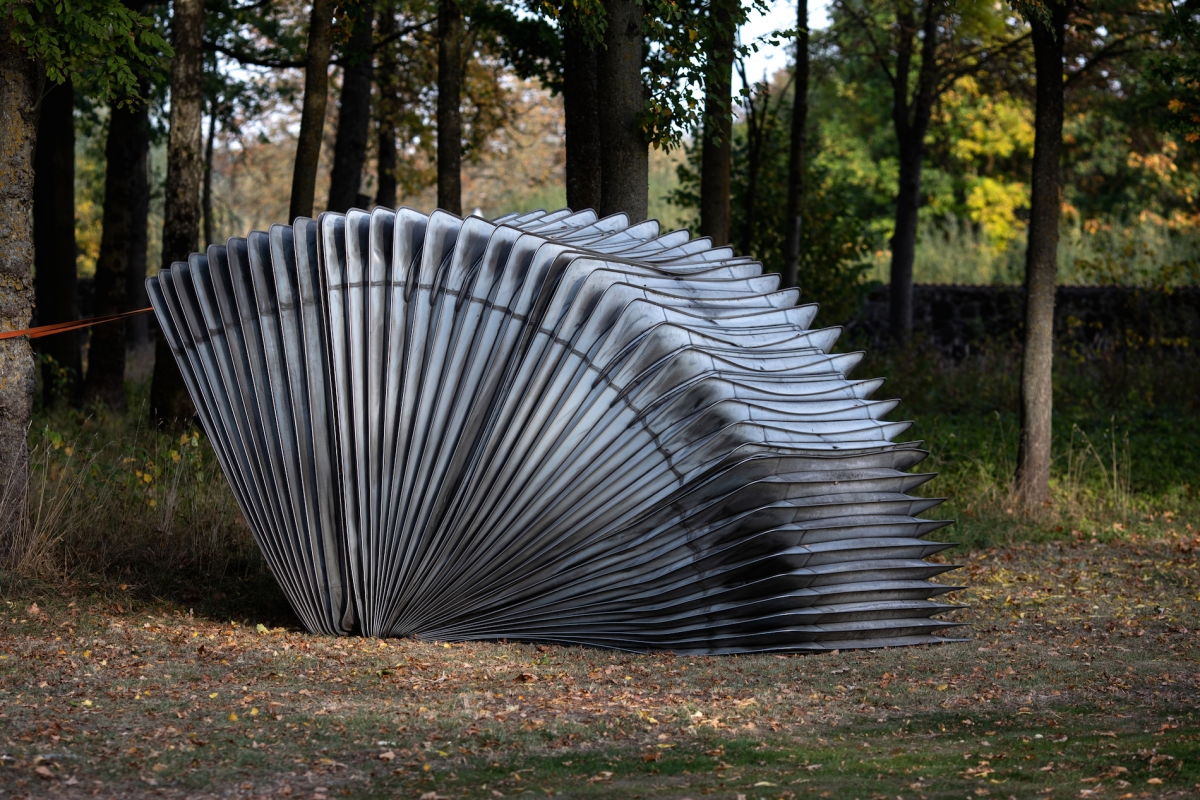
Danas Aleksa, Bellows, 2020. View from the exhibition ‘State’ at the Panemunė castle park, organised by (AV17) gallery. Photo: Laima Milkintė
AS: In the current difficult and stressful conditions, you were flexible and offered creative solutions to get closer to visitors when gallery spaces were closed. During the first lockdown, you organised the exhibition ‘Būvis’ (State) in the park of Panemunė Castle. In addition, you also organised a series of conversations with artists and exhibitions to visit virtually. In Vilnius, curious passers-by could attend pop-up group exhibitions through the windows of 34 Pylimo Street. Do you think that the nature of the gallery’s activities will change in the new reality? Is a physical gallery space still needed?
KM: We are constantly trying to find alternative spaces to present projects, in order to acquaint the public with contemporary sculpture. We have now organised exhibitions of contemporary objects in the regions of Lithuania for five years in a row. A few years ago, during the project ‘Apsilankymai’ (Visits), contemporary sculpture was presented in Vilnius Railway Station and the Lithuanian National Opera and Ballet Theatre. This spring, we are planning an exhibition of outdoor sculpture in Kūdrų Park in Vilnius. The current circumstances have forced us to search for alternative and even more interesting ways to present this field of art. Sculpture and installations are not the type of art that unfolds well in a virtual space; therefore, the atmosphere and emotion of a physical space are very important. After all, sculpture is a three-dimensional object that needs to be viewed, passed and inspected, so moving to the virtual space is not the answer for us.
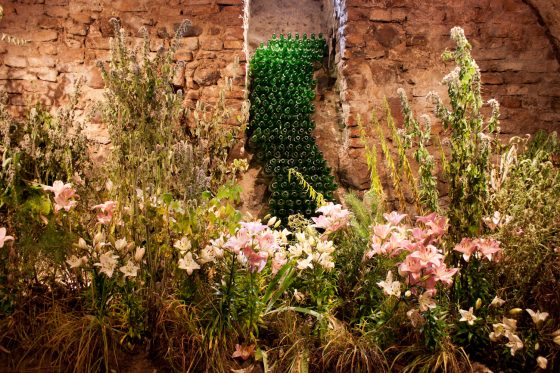
Denisas Kolomyckis, Heaven Eleven, installation view, (AV17) gallery, 2013. Photo: Vitalij Červiakov
AS: The gallery (AV17) was established on Aušros Vartų Street, and it took its name from an abbreviation of the street name. In 2017, you moved from Aušros Vartų Street to a new space in the city centre, at Totorių 5. This stage was marked by the exhibition ‘Around Noon’ of sculptural installations by Rimantas Milkintas. What quality did the new space on Totorių Street offer?
KM: The premises on Totorių Street are the complete opposite of the space where we started our activities. The first gallery premises were quite enclosed, with vaulted ceilings and a brick basement. For some artists, it was an interesting challenge, like creating an embedded installation, while others just could not visualise their work there. The current premises are completely different: it is a white cube that gives an opportunity for works to unfold themselves. I think it is much easier for artists to work here, and there are also fewer distractions for the viewer. The premises are located in the centre of the city, so it attracts even more visitors.
AS: How would you describe a gallery visitor? Has the outlook become more open for contemporary art and non-traditional sculpture over the last ten years?
KM: The gallery is visited by a wide range of visitors, from art professionals to students and pensioners. We communicate, discuss works of art, and exchange our insights. At the beginning, there were many visitors who needed help to ‘unlock’ an artwork, but many visitors have grown with the gallery, and today they are regular visitors to the exhibitions. Of course, we still see people for whom contemporary art is a mystery, but we do not lose hope that one day it will become closer to them as well.
AS: I would like to finish the interview in an unusual way, not by expressing congratulations for the anniversary, but by hearing your expectations. What do you wish for Lithuanian art in the next ten years?
KM: Lithuanian art has many different potential and professional artists, and excellent art organisations and educational institutions. In recent years, we have seen that it is valued on a global level. However, an open society that appreciates contemporary art in Lithuania would help to reveal it more. We would like to establish an even closer connection with contemporary art in the next ten years, and not to be afraid of it emerging in the city’s public spaces and squares. Of course, this requires cultural education, which each one of us should work on.
AS: Thank you for your thoughts, Kristina. It was a pleasure talking to you.
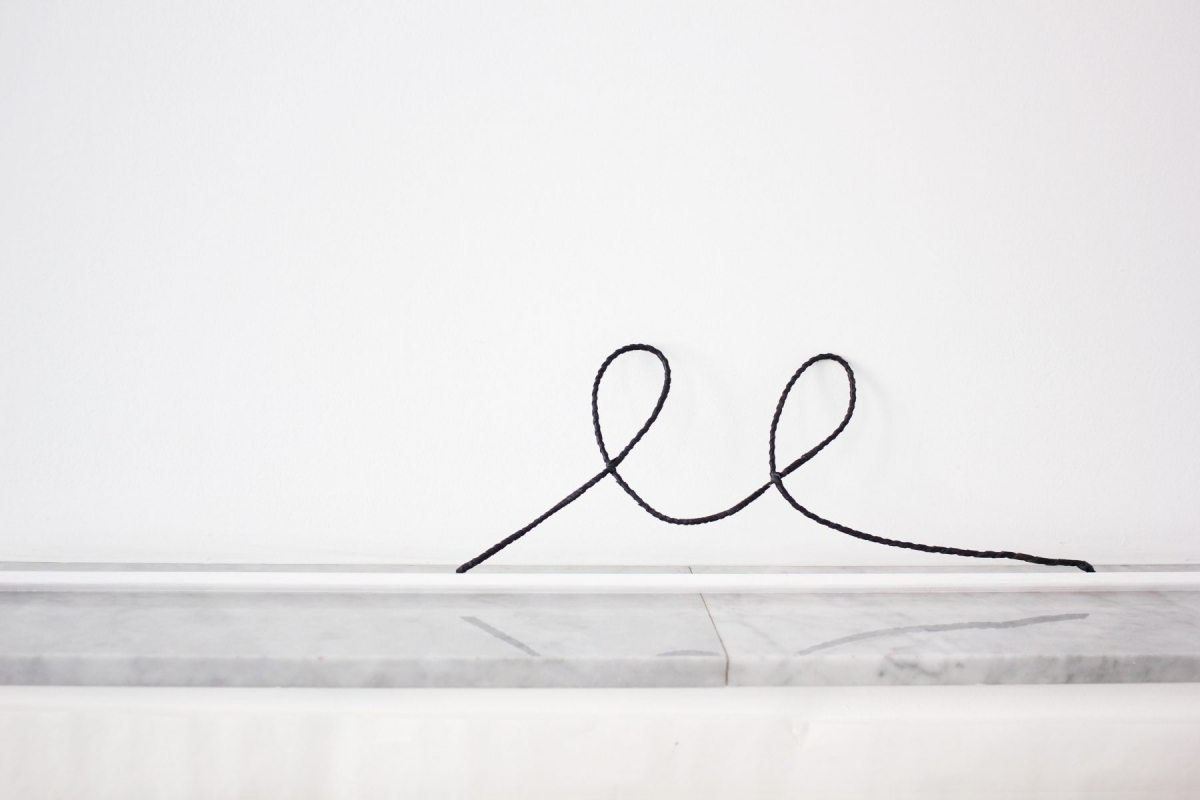
Marija Šnipaitė, Retreat, exhibition view, (AV17) gallery, 2018. Photo: Marija Šnipaitė
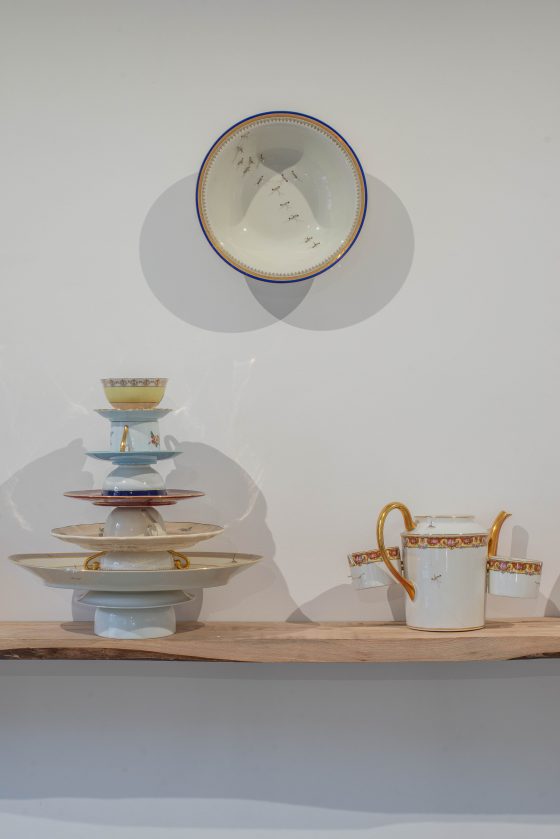
Rafal Piesliak, Insight, exhibition view, (AV17) gallery, 2021. Photo: Jonas Balsevičius
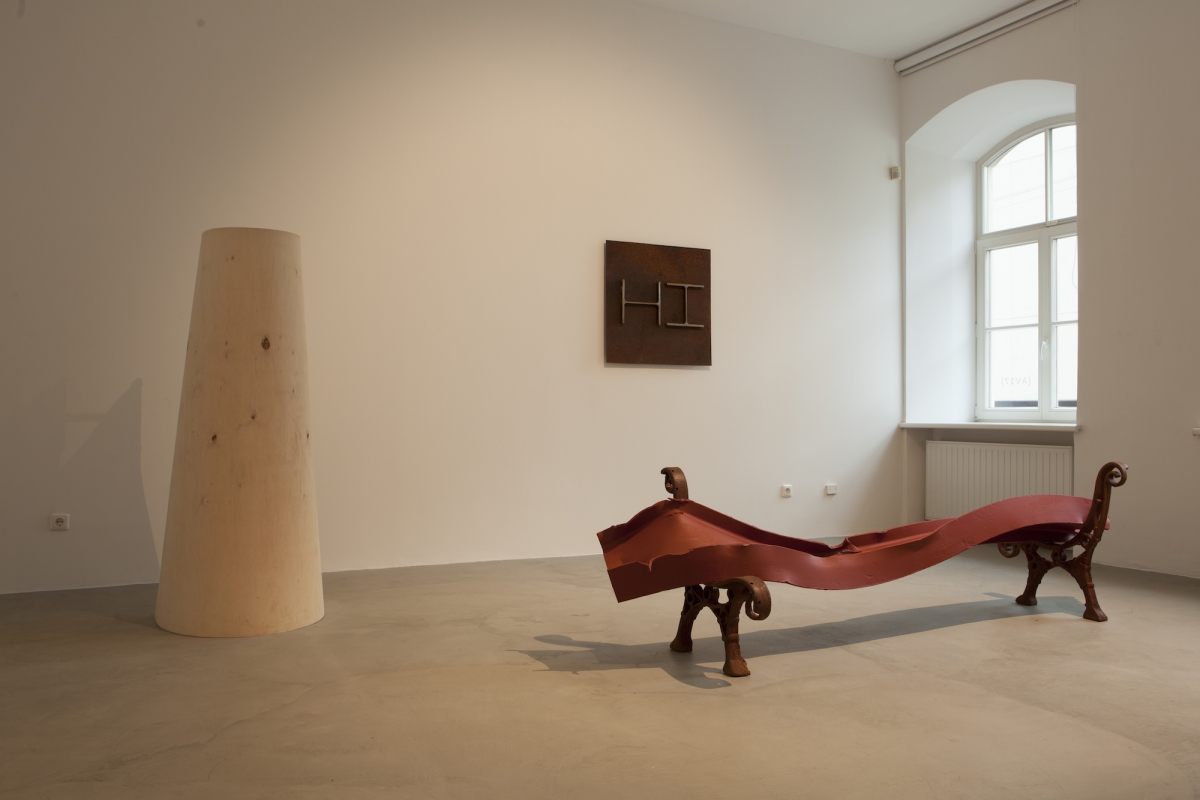
Rimantas Milkintas, Almost noon, exhibition view, (AV17) gallery, 2017. Photo: Laima Milkintė
